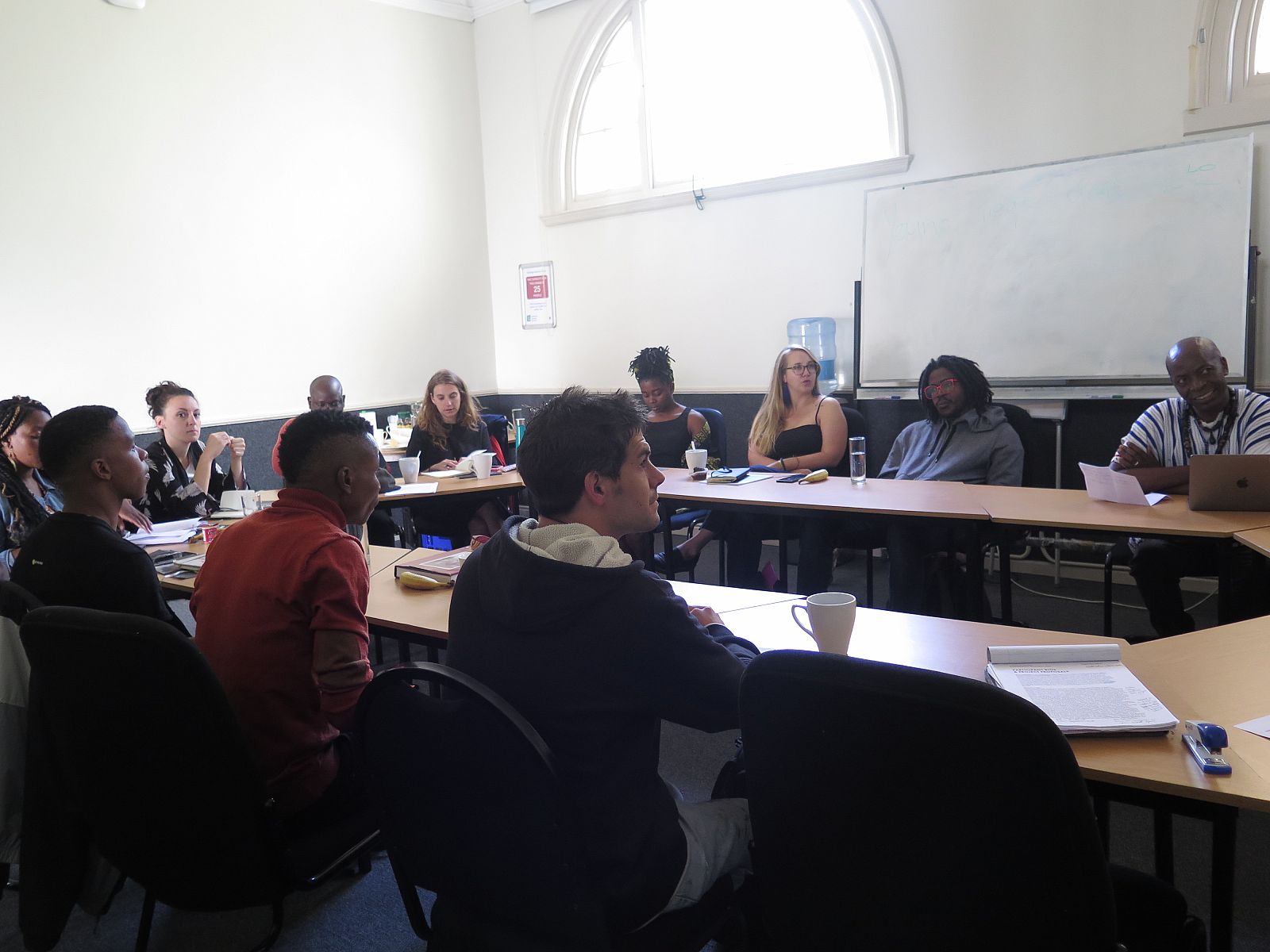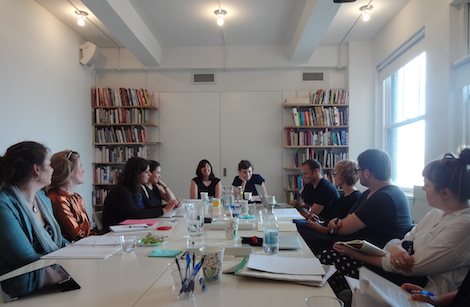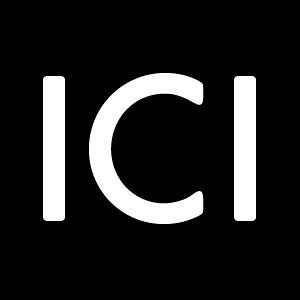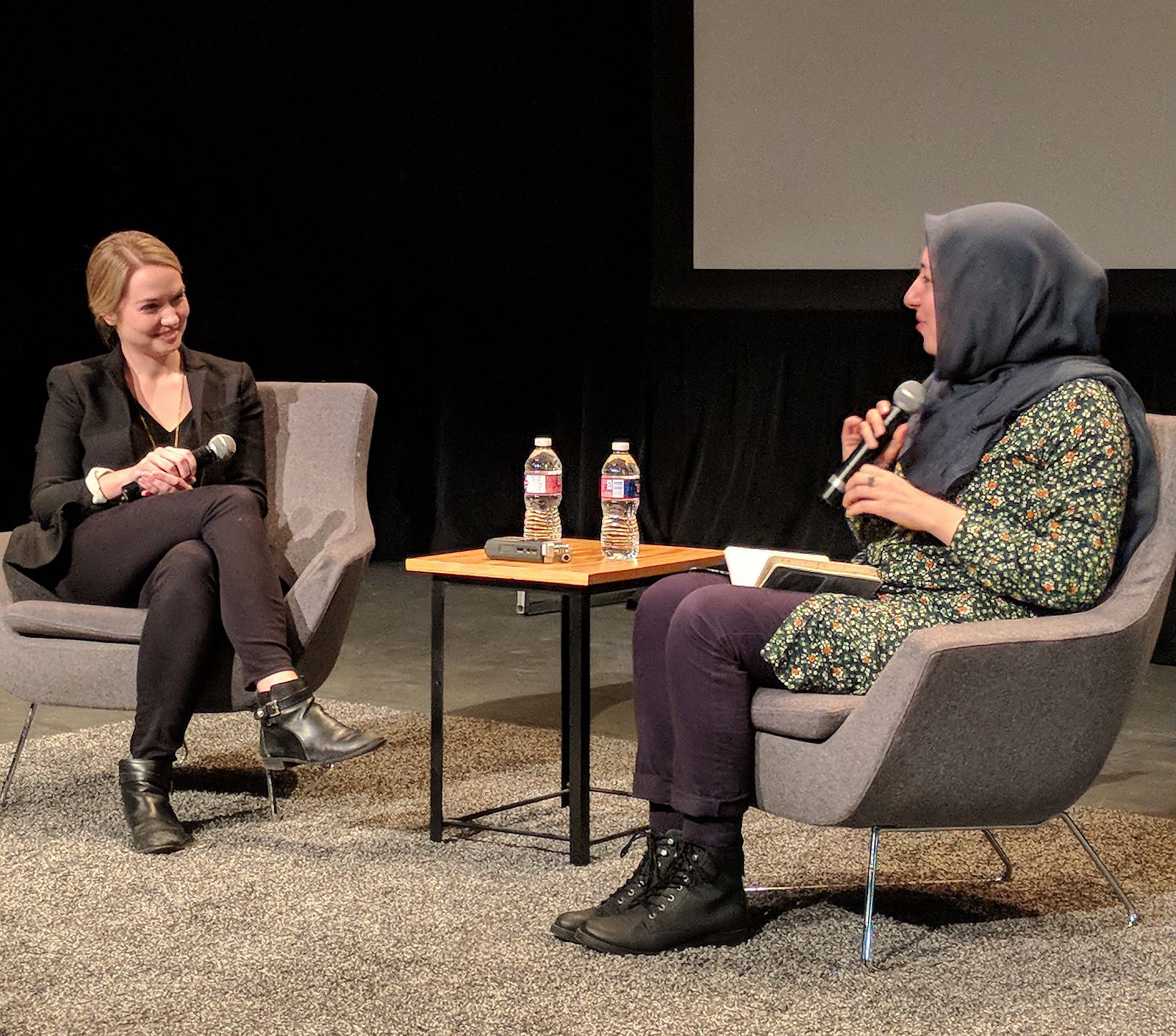Curator Anca Mihuleţ developed this proposal during the 2013 Curatorial Intensive in Bejing.
In the 1990s, Romanian contemporary art could be seen as a reformation of the political and aesthetical norms, analysing questions brought up by history and the unfamiliarity with the artistic language. The cultural need of localization and identification was being supported by personal explorations that were closely connected to the idea of external validation, and conceptual demonstration. Artists would often find themselves colonizing or sabotaging the museum from the inside, dealing with the institution in a rather playful way, but at the same time being aware of the importance of their gestures.
From the curatorial point of view, in theorizing the visual ‘90s, I am interested in privatizing the view, in creating a real space between the work and the viewer, but also between the artist and his work. In this sense, I tried to determine four categories that I would like to explore: the invisible artist; the impact of television on the visual culture of the ‘90s; the artist’s studio acting as an institution; and reproducing an exhibition that had a major impact in the ‘90s. My intention would not be to keep those artists’ names contained in a rather rigid conceptual setting, but offer artists the possibility to look at themselves with different instruments, from different angles.
The invisible artist – The case I am presenting is that of Teodor Graur, who, at the end of the ‘80s, was trying to understand his position within an unsecure art scene. At the beginning of the ‘90s, he began to experiment with his identity—as artist and man—in order to attain visibility, and construct his position as artist. Invisibility shouldn’t be confused with precarity. In terms of artistic production in that period, invisibility motivated the artist to acknowledge his position within an extended art system, where there were specific roles and functions, being part of what Andrea Fraser called the historical shift.
The impact of television – The live broadcast of the Romanian Revolution in December 1989 represented a demonstration of the fact that “raw” moving image supports the freedom of expression. The idea of live transmissions was a real mind-blower to the public. In regard to visual arts, there was a growing interest towards the use of video and its possibilities in the ‘90s. In my opinion, there were two moments that “officialised” the extended use of video—the exhibition Ex Oriente Lux in 1993 (curated by Călin Dan) and the exhibition Experiment in Romanian Art in 1996 - 1997 (curated by Alexandra Titu). A video work that caught my interest, Selfportrait at 30 by Sorin Vreme (b. 1962, Timişoara), was presented at Ex Oriente Lux. The exhibition was part of the annual art show organized by the Soros Centre for Contemporary Art, taking place at Dalles Hall in Bucharest. The video installation was composed of seven monitors and video players that each presented SVHS films (the duration of each film was two minutes). The monitors created a horizontal surface, and they were framed in a black wooden box, where the video cables and the electric cables were given an important position. Within the monitors, seven “Tangram” forms were being presented, containing macro footage of the skin’s surface, and being on a constant move within the space described by the TV screen, on a background of multiplying polka dots, generating what the artist called an image void. The sound, an equal rustle, belonged to the same visual background, inducing a sound void. In Selfportrait at 30, a certain body part belonged to each form: the big-sized triangle was correlated with the head, another big-sized triangle with the right hand, the medium-sized triangle with the left hand, the rhombus with the torso, the square with the sex, the small-sized triangle with the right foot, and another small-sized triangle with the left foot.
The artist’s studio functioning as an institution – The studio of Lia and Dan Perjovschi was usually assimilated with the history of the Contemporary Art Archive/ Center for Art Analysis (CAA) set by Lia at the beginning of the ‘90s. It was a subjective, personal space that brought stability in a cultural sector that missed institutional representation. The emergence of the studio as a meeting place, and as a space for the free exchange of ideas opened to established artists, curators, students, and young artists showed the importance of the two artists in creating an influential and functional platform.
The reproduction of an exhibition – In 1996, for almost a month, in a small art museum situated in Arad, a city in Western Romania, Judit Angel curated the exhibition complexul muzeal (in free translation, the museum complex). My idea is to reconstruct this exhibition in a neutral space, in collaboration with the curator and the participating artists coming from Romania and Austria (Sándor Bartha, Andrea Clavadetscher, Eric Schumacher, Kinema Ikon, Dorit Margreiter, Dan Perjovschi, Lia Perjovschi, Mathias Poledna, subREAL, Octavian Trauttmansdorff, Sorin Vreme, Florian Pumhösl, and Matta Wagnest) that interfered with the museum display, and tried to generate an ideal space for contemporary art. The curator stated in the catalogue of the exhibition: “…the museum is to become the ground for constructive confrontation of different artistic discourses… complexul muzeal is an exhibition about the museum, set up within its framework... The artists reconsider the institution’s theoretical equipment, its codes and programs, they intervene in its management and communication with the public... Touching upon the neuralgic spots of the museum, these interventions lead to their revival by a chain of examinations and recontextualizations.” The restored exhibition will display the idea of collaboration between two Mittel-Europa regions in the 1990s, together with the reconfiguration of the physical context of the show – the limits determined by a classical art museum that must be built, not deconstructed like in the initial exhibition.
Learn More
To learn more about this proposal please email Anca Mihuleţ at anca@brukenthalmuseum.ro. To learn more about the Curatorial Intensive email info@curatorsintl.org.






